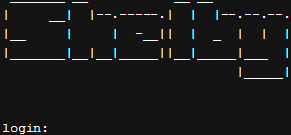Bose SoundTouch speakers were introduced in 2013, offering the ability to connect to online streaming services and play back audio on multiple speakers simultaneously using the accompanying mobile app. Now these features are about to be removed, including the mobile app, as Bose is set to discontinue support on February 18, 2026. From that point onwards, you can only use them via Bluetooth or physical connectors that may be present, like an audio jack or HDMI port. This includes fancy home theater system hardware like the above SoundTouch 520.
That is the official line, at least. We have seen the SoundTouch on Hackaday previously, when it was discovered how to gain root shell access to the Linux OS that powers the original SoundTouch system with Telnet access on port 17,000 to pass the listening service the remote_services on command before connecting with Telnet as usual, with root and no password. A quick glance at the comments to that post suggests that this is still a valid approach for at least certain SoundTouch devices.
The fallout from this announcement appears to be twofold: most of all that ‘smart’ features like WiFi-based streaming can be dropped at any time. But it also makes us realize that hardware hackers like us will never run out of new and suddenly obsolete hardware that need our rescue.












